Understanding Neuromas
Neuromas, often referred to as pinched nerves or nerve tumors, are a source of discomfort and pain for many individuals. These benign growths occur when a nerve is irritated or damaged, causing it to thicken and become sensitive. The most common type, Morton’s neuroma, affects the nerve between the toes, often leading to sharp, burning pain and discomfort while walking.
Impact of Neuromas on Daily Life
Neuromas, characterized by the thickening of nerve tissues, significantly affect daily routines and quality of life. The persistent pain and discomfort caused by neuromas can impose limitations on various activities, disrupting one’s normal functioning.
Individuals with neuromas often experience intense pain, described as sharp, burning, or tingling sensations, particularly in the affected areas between the toes or in the ball of the foot. This discomfort intensifies during weight-bearing activities like walking, standing, or wearing ill-fitting shoes.
The pain associated with neuromas can make simple tasks, such as walking or standing for extended periods, excruciating. This limitation impacts work, social interactions, and leisure activities, leading to frustration and a decreased overall quality of life.
Moreover, the constant discomfort and pain can disturb sleep patterns, causing additional stress and fatigue. Consequently, individuals might find it challenging to concentrate on tasks or maintain an active lifestyle due to the persistent nerve pain caused by neuromas.
In essence, the impact of neuromas on daily life is profound, affecting mobility, work performance, social engagements, and overall well-being. Understanding and managing this condition is crucial to restore normalcy and improve the quality of life for individuals experiencing neuroma-related nerve pain.
The Role of Arch Support
One effective method to alleviate the discomfort associated with neuromas is proper arch support. Arch support plays a crucial role in distributing the body’s weight evenly across the feet, reducing pressure on the affected nerve. By providing stability and cushioning, arch support can offer relief and minimize the impact of neuromas on daily life.
Choosing the Right Arch Support
Selecting appropriate arch support is pivotal in effectively managing neuromas and alleviating nerve pain. Several factors should be considered when choosing the right support to address individual needs and provide optimal relief.
Foot Type Assessment:
Understanding your foot type is essential. Whether you have high arches, low arches, or neutral arches significantly impacts the type of support needed. High-arched feet may require more cushioning, while low-arched feet might benefit from firmer support.
Consultation with a Professional:
Seek advice from a podiatrist or orthopedic specialist to assess your foot structure and recommend suitable arch support. They can provide valuable insights and suggest specific types of support that align with your foot’s needs.
Shoe Fitting:
Select shoes that accommodate arch support. Ensure there’s enough room in the shoe to accommodate orthotic inserts comfortably without causing tightness or discomfort. Shoes with removable insoles offer flexibility for adding customized arch support.
Consider the Arch Support Type:
Arch supports come in various forms, including full-length inserts, heel cups, and arch cushions. Full-length inserts provide comprehensive support, while heel cups and cushions target specific areas, offering relief to localized pain.
Material and Durability:
Evaluate the materials used in the arch support. Look for options that offer both support and comfort. Durable materials ensure longevity, providing consistent support over time.
Personal Comfort:
Ultimately, prioritize comfort. Test the arch support to ensure it feels comfortable and supportive during activities like walking or standing. A comfortable arch support can significantly alleviate nerve pain and improve overall foot comfort.
Customization Options:
Consider custom-made arch supports for tailored solutions. Custom orthotics provide personalized support, addressing specific foot issues and offering precise relief for neuroma-related nerve pain.
Choosing the right arch support involves a personalized approach, considering individual foot characteristics, comfort, and the level of support required to effectively manage neuromas and alleviate associated nerve pain. Consulting with professionals and testing various options can help find the most suitable arch support for optimal comfort and relief.
Footwear Recommendations for Neuromas
Choosing appropriate footwear is crucial in managing neuromas and alleviating nerve pain. Opting for shoes that provide adequate support and comfort can significantly reduce the discomfort associated with this condition.
Roomy Toe Box:
Select shoes with a spacious toe box to allow ample room for the toes. Avoid narrow or tight-fitting shoes that might compress the toes, aggravating the symptoms of neuromas.
Cushioning and Support:
Look for shoes with sufficient cushioning and arch support. Cushioned soles help absorb shock while walking, reducing the impact on the feet and minimizing nerve compression. Adequate arch support aids in distributing weight evenly, alleviating pressure on the nerves.
Low Heel Height:
Opt for shoes with a low heel or no heel to minimize pressure on the forefoot. High heels can exacerbate neuroma-related pain by forcing the toes into a cramped position, increasing discomfort.
Wide and Stable Sole:
Shoes with a wide and stable sole provide better stability and support, reducing the risk of imbalance and minimizing nerve irritation. This design also helps in maintaining proper foot alignment, decreasing pressure on affected areas.
Adjustable Features:
Consider shoes with adjustable features like laces or straps. These allow for a customized fit, ensuring the shoe accommodates any swelling or changes in foot size, providing comfort throughout the day.
Avoid Pointed-Toe Shoes:
Avoid shoes with narrow or pointed toe boxes as they can compress the toes, exacerbating the symptoms of neuromas. Opt for shoes that allow the toes to spread naturally.
Breathable Materials:
Choose shoes made from breathable materials to maintain foot hygiene and prevent excessive sweating, which can exacerbate discomfort in neuroma-affected areas.
Test for Comfort:
Always try on shoes before purchasing. Walk around to assess comfort, ensuring there’s no pressure on the affected areas. Comfortable footwear is essential in managing neuroma-related nerve pain effectively.
By prioritizing comfort, support, and proper fit in footwear choices, individuals can significantly alleviate discomfort associated with neuromas, promoting better foot health and improved overall well-being.
Non-Surgical Solutions
For individuals seeking non-invasive remedies, various treatments can complement the use of arch support. Physical therapy, foot exercises, and lifestyle modifications can aid in managing neuroma pain. Additionally, anti-inflammatory medications or corticosteroid injections may offer temporary relief from acute discomfort.
Conclusion
In conclusion, neuromas pose a significant challenge for individuals experiencing nerve pain in their feet. However, incorporating proper arch support into daily routines can alleviate discomfort and enhance mobility. From customized orthotics to supportive footwear choices, there are numerous avenues to explore for easing the impact of neuromas on one’s life. By prioritizing arch support and exploring non-surgical solutions, individuals can take proactive steps towards mitigating the effects of this condition and reclaiming a more comfortable, pain-free lifestyle.
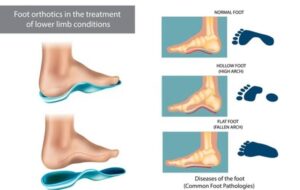
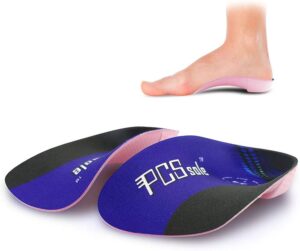


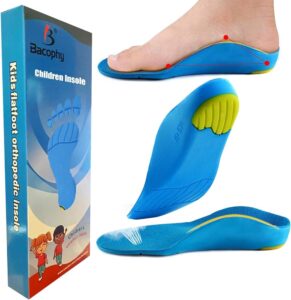

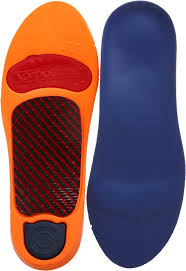
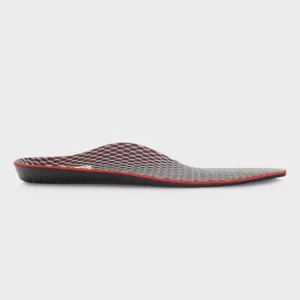

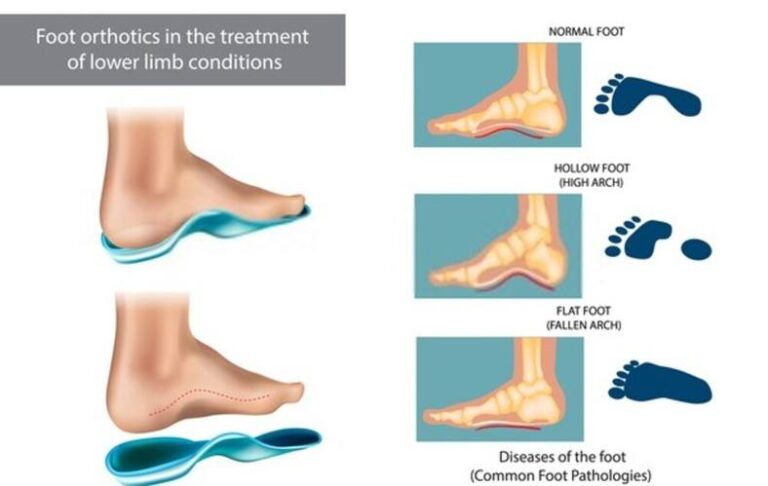


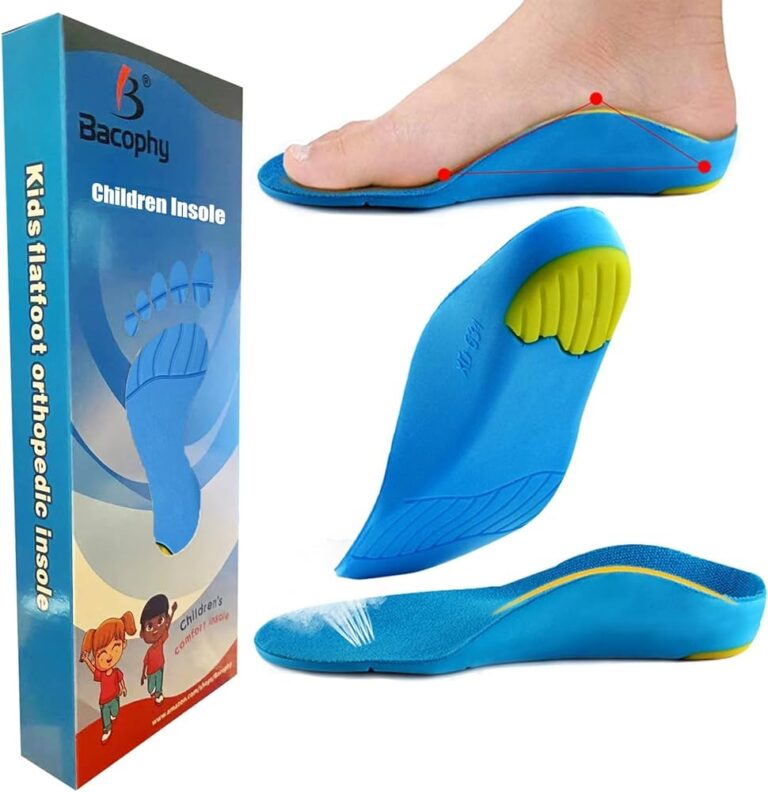
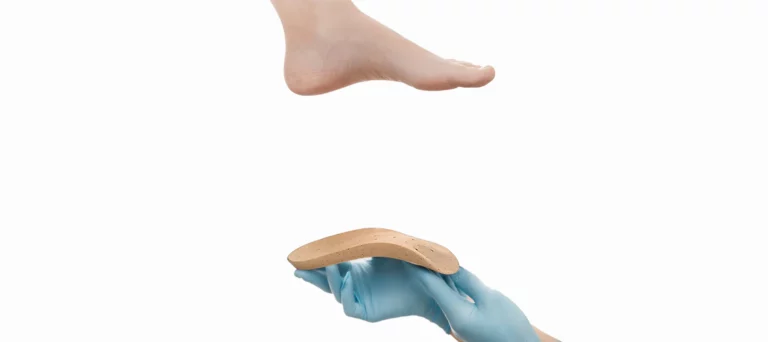
+ There are no comments
Add yours